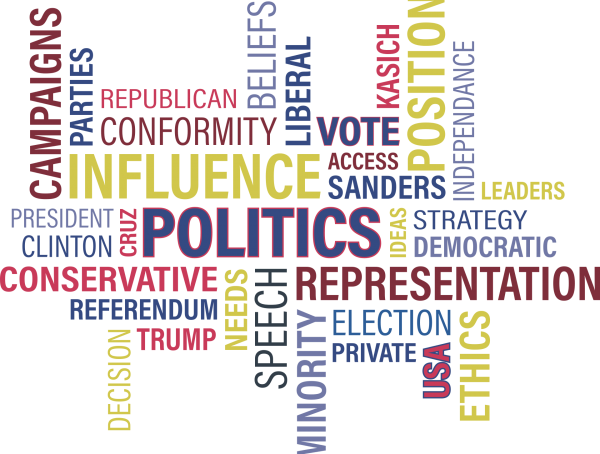The transition from traditional, corded media to streaming media has led to significant changes in the media industry and the way certain media is consumed. The decision to stop using corded media services (cable or satellite television) is often referred to as “cord-cutting.”
This study defines three separate types of media consumers, cord-cutters, cord-loyalists, and cord-couplers. Cord-cutters are consumers that have completely ceased the use of corded media and rely largely on streaming services. Cord-couplers are consumers that use both corded media and streaming services in a complementary fashion. Finally, cord-loyalists are consumers who have stuck to their use of corded media. The study defines cord-nevers as those who have never subscribed to corded media and therefore are not relevant in the study.
The study goes on to explore four research questions, “Do consumer perceptions, such as relative advantage and compatibility, predict cord-cutting?”; “Do consumer demographic characteristics, such as age, gender, income, and education, predict cord-cutting?”; “What video-consumption motivators predict cord-cutting?”; “Do aspects of the platform ecosystem, such as perceived substitutability, complementarity, and a number of TV channels watched, affect cord-cutting?”
The study defines relative advantage as “the degree to which an innovation is perceived to be better than the idea or technology it replaces.” Additionally, perceived compatibility is defined as how new technology is compatible with the existing values and needs of consumers. Finally, they define substitutability and complementarity as the extent to which consumers feel that the streaming service can replace or complement corded media.
Based on all of these factors, the study determined that younger people are more likely to be cord-cutters or cord-couplers than cord-loyalists. Additionally, the fact that people often use media for personal development is important in the cord-cutting decision process. Each of the research questions was adequately answered and the study determined that there are several factors that affect the cord-cutting decision.
To read more: https://journals.sagepub.com/doi/abs/10.1177/1077699020946442?journalCode=jmqc
Kim, H., Chan-Olmstead, S. M., Hwang, K., & Chang, B. (2021). Examining the Use, Perception, and Motivation of Cord-Cutting: A Consumer Segment Approach. Journalism & Mass Communication Quarterly, 98(1), 126-147. doi:10.1177/1077699020988299








